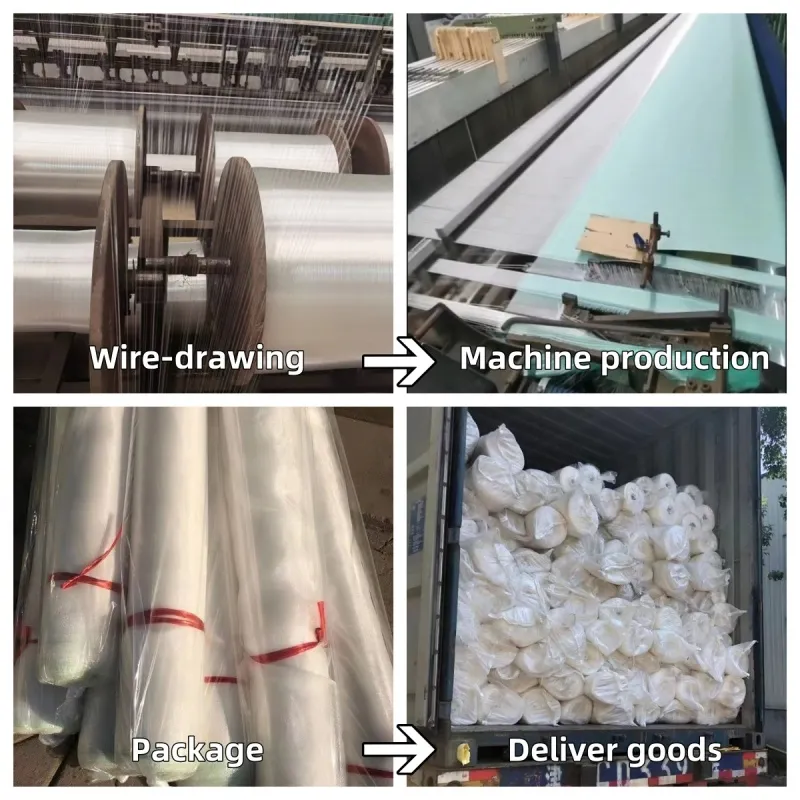-
 Afrikaans
Afrikaans -
 Albanian
Albanian -
 Amharic
Amharic -
 Arabic
Arabic -
 Armenian
Armenian -
 Azerbaijani
Azerbaijani -
 Basque
Basque -
 Belarusian
Belarusian -
 Bengali
Bengali -
 Bosnian
Bosnian -
 Bulgarian
Bulgarian -
 Catalan
Catalan -
 Cebuano
Cebuano -
 China
China -
 Corsican
Corsican -
 Croatian
Croatian -
 Czech
Czech -
 Danish
Danish -
 Dutch
Dutch -
 English
English -
 Esperanto
Esperanto -
 Estonian
Estonian -
 Finnish
Finnish -
 French
French -
 Frisian
Frisian -
 Galician
Galician -
 Georgian
Georgian -
 German
German -
 Greek
Greek -
 Gujarati
Gujarati -
 Haitian Creole
Haitian Creole -
 hausa
hausa -
 hawaiian
hawaiian -
 Hebrew
Hebrew -
 Hindi
Hindi -
 Miao
Miao -
 Hungarian
Hungarian -
 Icelandic
Icelandic -
 igbo
igbo -
 Indonesian
Indonesian -
 irish
irish -
 Italian
Italian -
 Japanese
Japanese -
 Javanese
Javanese -
 Kannada
Kannada -
 kazakh
kazakh -
 Khmer
Khmer -
 Rwandese
Rwandese -
 Korean
Korean -
 Kurdish
Kurdish -
 Kyrgyz
Kyrgyz -
 Lao
Lao -
 Latin
Latin -
 Latvian
Latvian -
 Lithuanian
Lithuanian -
 Luxembourgish
Luxembourgish -
 Macedonian
Macedonian -
 Malgashi
Malgashi -
 Malay
Malay -
 Malayalam
Malayalam -
 Maltese
Maltese -
 Maori
Maori -
 Marathi
Marathi -
 Mongolian
Mongolian -
 Myanmar
Myanmar -
 Nepali
Nepali -
 Norwegian
Norwegian -
 Norwegian
Norwegian -
 Occitan
Occitan -
 Pashto
Pashto -
 Persian
Persian -
 Polish
Polish -
 Portuguese
Portuguese -
 Punjabi
Punjabi -
 Romanian
Romanian -
 Russian
Russian -
 Samoan
Samoan -
 Scottish Gaelic
Scottish Gaelic -
 Serbian
Serbian -
 Sesotho
Sesotho -
 Shona
Shona -
 Sindhi
Sindhi -
 Sinhala
Sinhala -
 Slovak
Slovak -
 Slovenian
Slovenian -
 Somali
Somali -
 Spanish
Spanish -
 Sundanese
Sundanese -
 Swahili
Swahili -
 Swedish
Swedish -
 Tagalog
Tagalog -
 Tajik
Tajik -
 Tamil
Tamil -
 Tatar
Tatar -
 Telugu
Telugu -
 Thai
Thai -
 Turkish
Turkish -
 Turkmen
Turkmen -
 Ukrainian
Ukrainian -
 Urdu
Urdu -
 Uighur
Uighur -
 Uzbek
Uzbek -
 Vietnamese
Vietnamese -
 Welsh
Welsh -
 Bantu
Bantu -
 Yiddish
Yiddish -
 Yoruba
Yoruba -
 Zulu
Zulu
anti bird netting
The Importance of Anti-Bird Netting in Agriculture and Urban Environments
In recent years, the issue of human-wildlife conflict has become increasingly pressing, particularly in agricultural and urban areas. One noteworthy solution that has emerged to mitigate these conflicts is the implementation of anti-bird netting. This environmentally friendly approach serves a dual purpose; it protects crops while also safeguarding bird populations against unintended harm.
Understanding Anti-Bird Netting
Anti-bird netting is a physical barrier designed to prevent birds from accessing crops, gardens, and other areas where their presence could lead to significant damage. Made from durable materials such as polyethylene or polypropylene, these nets are lightweight, UV-resistant, and easy to install. The mesh size varies depending on the specific bird species targeted, ensuring that while birds are kept at bay, they are not unnecessarily trapped or harmed.
Protecting Agriculture
Agricultural sectors are particularly vulnerable to the destructive feeding habits of birds, which can lead to significant financial losses. Fruits, vegetables, and grains are all prime targets for various bird species looking for a meal. For instance, crops like cherries, grapes, and strawberries can experience up to 80% loss if not properly protected. Anti-bird netting provides a practical solution for farmers, allowing them to safeguard their investments without resorting to harmful chemicals or lethal methods.
Moreover, the use of anti-bird netting promotes sustainable farming practices. By reducing the reliance on pesticides, which can have detrimental effects on the environment, netting offers a non-toxic alternative that aligns with the principles of organic farming. This is particularly important as consumers become more environmentally conscious, seeking products that are not only high in quality but also ethically produced.
Conservation of Bird Populations
anti bird netting

While farmers benefit from anti-bird netting, it is essential to recognize its positive impact on bird conservation as well. Many bird species play critical roles in ecosystems, such as pollination and pest control. By using nets to deter birds from crops, we can reduce the need for harsher measures that could threaten bird populations. It is crucial to strike a balance between agricultural needs and wildlife conservation.
Furthermore, modern anti-bird netting solutions are designed with wildlife safety in mind. Features like bird-safe mesh and various visibility patterns ensure that birds can see and avoid the netting, preventing accidental entrapment. This thoughtful approach encourages coexistence, allowing farmers to protect their crops while also maintaining healthy bird populations in the area.
Application in Urban Areas
The application of anti-bird netting extends beyond agriculture into urban environments, where birds can cause issues such as nesting on buildings, creating messes, and even leading to potential health risks. By installing bird netting in these areas, property owners can manage bird populations effectively while maintaining cleanliness and safety.
In urban settings, anti-bird netting can be particularly useful in parks, gardens, and rooftops, where birds may become a nuisance. Implementing netting not only helps to keep areas clean but also encourages a more harmonious relationship between humans and wildlife. By minimizing conflicts, cities can become more livable spaces that respect and protect biodiversity.
Conclusion
In conclusion, anti-bird netting is an invaluable tool in both agricultural and urban contexts. Its dual benefit of protecting crops while conserving bird populations embodies a sustainable approach to managing human-wildlife interactions. As the challenges of food security, environmental conservation, and urbanization continue to evolve, the implementation of anti-bird netting emerges as a viable solution. By embracing this innovative practice, we can work towards a future that harmonizes human needs with the preservation of our natural world, ensuring that both crops and birds can thrive.
-
Shipping Plastic Bags for Every NeedNewsJul.24,2025
-
Safety Netting: Your Shield in ConstructionNewsJul.24,2025
-
Plastic Mesh Netting for Everyday UseNewsJul.24,2025
-
Nylon Netting for Every UseNewsJul.24,2025
-
Mesh Breeder Box for Fish TanksNewsJul.24,2025
-
Expanded Steel Mesh Offers Durable VersatilityNewsJul.24,2025











